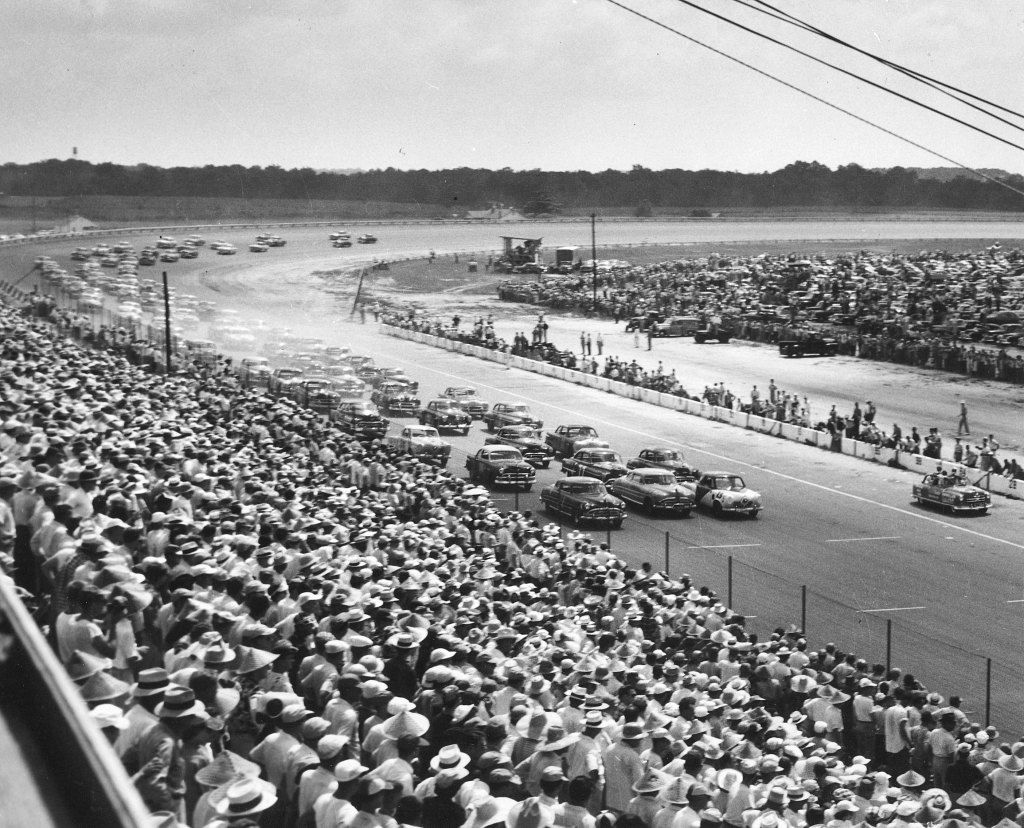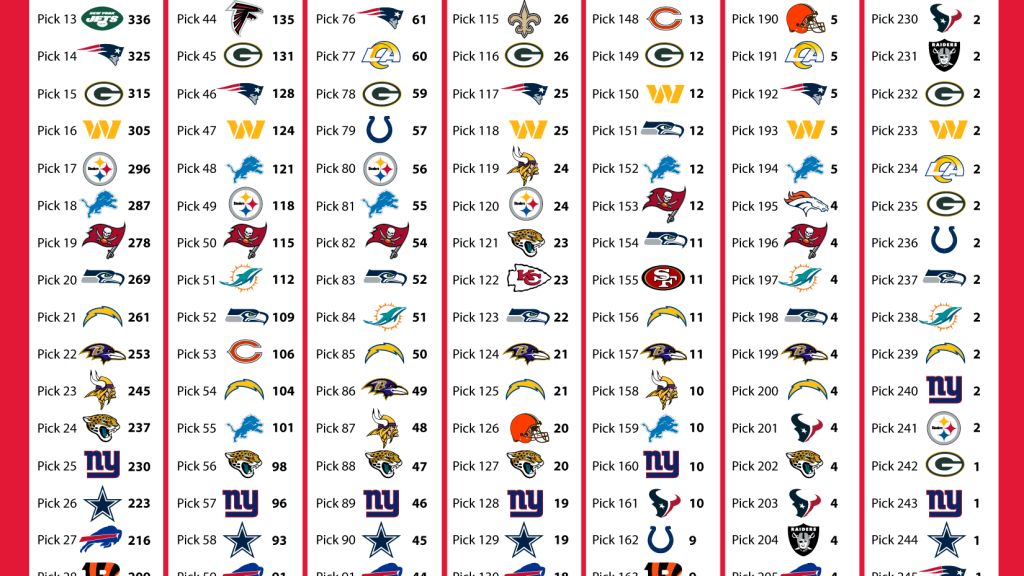How Darlington mellowed over the decades - NASCAR Talk
No driver is likely to call Darlington Raceway ‘mellow’ but numbers show that the track has mellowed a little with age. Even so, it remains one of the most challenging tracks on the Cup circuit with one of the most prized trophies.
A true ‘crown jewel.’
Darlington was not part of the NASCAR’s inaugural 1949 season, but it’s been on the schedule every year since then. Its 1950 inaugural race scored a plethora of firsts — the first 500-mile NASCAR race, the first race on an oval track longer than 1 mile, and the first race on a paved track. Today, it offers speed and a craggy track that’s hard on tires.
In honor of the upcoming throwback weekend, I survey seven-plus decades of racing at Darlington Raceway to show how the nature of racing at ‘The Lady in Black’ has changed.
The Winners
I chose one Darlington race from the start of each decade as representative. In years with multiple races, I used the spring race. The table below lists the winners, polesitters and the drivers who led the most laps for each race.
The winners are a who’s who of NASCAR drivers — with perhaps one exception.
Johnny Mantz was better known as the first USAC Stock Car national champion and an Indianapolis 500 competitor. Darlington was Mantz’s only NASCAR victory in the 12 Cup Series races he ran.
David Pearson appears twice on this list, which is fitting: Pearson has the most career wins (10), and the most poles (12) across a total of 47 races run at Darlington.
Twelve drivers have won from the pole at Darlington a total of 21 times. Only twice has it happened in this century, however: Kevin Harvick in spring 2014 and Joey Logano in spring 2022. Pearson also holds the record for most wins from the pole with four.
Out of 123 Darlington races, the driver leading the most laps won 53.6% of the time. Don’t try to extrapolate that statistic to this weekend. Only 11 of those 66 races won by the driver who led the most laps happened in 2000 or later.
Dale Earnhardt edges out Pearson for most times leading the most laps and winning the race. He accomplished the feat eight times to Pearson’s seven.
Races — and track — lengths changed
Darlington’s track changed length over the years due to reconfiguration. The original 1.25-mile track was enlarged slightly in 1953. Installing a retailing wall in 1970 cut the length back to its current 1.366 miles.
Track length changes were minimal compared to changes in race length. Neglecting rain-shortened races, the majority of Darlington races are 400 or 500 miles, although a number of races in the 1960 were closer to 300 miles.
That very first 500-mile race in 1950 took over six-and-a-half hours to complete. It was not the longest Darlington race, however. The fall 1952 race (also 500 miles) broke the 400-minute mark at 6:42:37. That comes out to 80.4 minutes for every 100 miles — and there were only seven cautions.
The fastest Darlington race pace was in 2013. In the single race that year, drivers needed only 42.3 minutes for every 100 miles, including five cautions.
The field and the schedule
One reason that first 1950 competition took so long to complete is that 75 cars started the race. NASCAR had to line up the cars in rows of three to produce a reasonable starting grid. When watching Sunday’s race, take a moment to imagine adding 39 more cars. The most cars ever squeezed onto the grid was 82, in 1951.
The table below shows how the number of cars finishing on the lead lap has grown over time, as well as how the numbers of DNFs have come down.
Car counts remained 50 and above throughout the 1950s, with one exception. The spring 1952 race featured the smallest field to start at Darlington with only 24 cars. Only 12 cars finished the race, two on the lead lap.
That level of attrition was common in Darlington’s early days. Out of the 75 cars starting the first Darlington race, 46 didn’t finish. Only the winner finished on the lead lap, with the second-place driver nine laps behind.
The attrition lessened over time, but slowly. The fall 1976 race was the first race in which more than 10% of the field finished on the lead lap. Twenty percent of the field finished on the lead lap in the fall 1986 race and the 30% mark was broken in fall of 1999.
These days, the percentage of cars finishing on the lead lap is usually between 40% and 60%. The largest percentage of cars to ever finish on the lead lap at Darlington is 65.1%, which happened in fall 2015.
But even thought Darlington has mellowed, it sometimes shows a glimmer of its old self. Like the spring 2021 race, when a dominant Martin Truex Jr. led 248 of 293 laps and put all but nine of the 37 cars a lap down.
Source: NASCAR on NBC Sports


